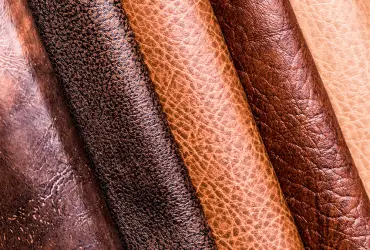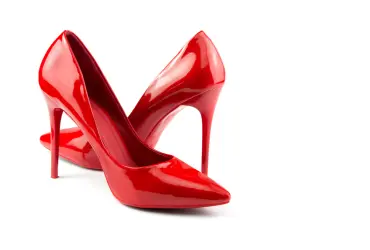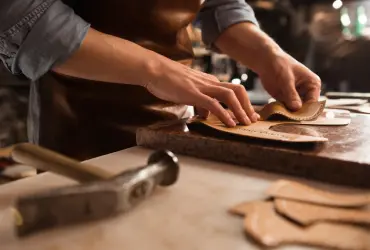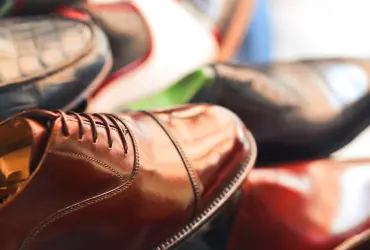Turn All Business Travel Into a Holiday
with a Team That Understands
What You Need
Upcoming Trade Shows in for Leather

DFD Dusseldorf 2026, Düsseldorf, Germany
21 - 28 Jan 2026

Premiere Vision 2026, Paris, France
3 - 5 Feb 2026

LINEAPELLE 2026, Milan, Italy
11 - 13 Feb 2026

the MICAM 2026, Milan, Italy
22 - 24 Feb 2026

Simac Tanning Tech 2026, Milan, Italy
15 - 17 Sep 2026

YIWU KNITTING PRODUCTS, Yiwu, China
Coming soon

YIWU FAIR, Yiwu, China
Coming soon

YIWUTEX, Yiwu, China
Coming soon

YIWU KNITTING INDUSTRY, Yiwu, China
Coming soon

YIWU SEWING AUTOMATION, Yiwu, China
Coming soon
The leather industry has had to contend with a radical shift in consumer tastes (leather goods are on the decline in response to ethical concerns), but there’s also been a considerable change in the supply chain as developed countries step back in favour of developing countries, which are already responsible for over half of the world’s leather raw materials. The underlying reason here is the fact that there’s a sharp decline in per capita consumption of red meat in developed countries, which directly affects the availability of hides and skins.
Approximately 65% of all leather produced globally comes from bovine sources. Historically, developed countries have provided the highest quality bovine raw materials due to favourable climate and husbandry practices. However, as sourcing increasingly moves to the developing world, the leather industry has had to adjust to using hides with surface defects or structural deficiencies. This trend has already led to innovations in finishing techniques that help disguise these imperfections.
The demand for high-quality hides for products such as automobile upholstery has thus far supported the retention of efficient tanning processes in developed countries. However, the emergence of pigskin, which accounts for over 10% of global leather production, further shakes the status quo. China has become the dominant producer of pigskin and pigskin leather, yet the unique structure and fat content of pigskin make it challenging to process. Cultural considerations also come into play, as the skin is often left on carcasses or utilised in gelatin production rather than being turned into leather. The rise of factory-like breeding facilities for pigs and poultry brings an added layer of complexity, as these environments are prone to diseases that can disrupt supply chains. Epidemics, such as the blue-ear pig disease affecting Chinese livestock, could dramatically impact supply and pricing in the leather market.
GET A FREE QUOTE
Looking for a hotel accommodation for particular trade show or exhibition.
Send us a general enquiry and we will find the best options for you
Send us a general enquiry and we will find the best options for you

